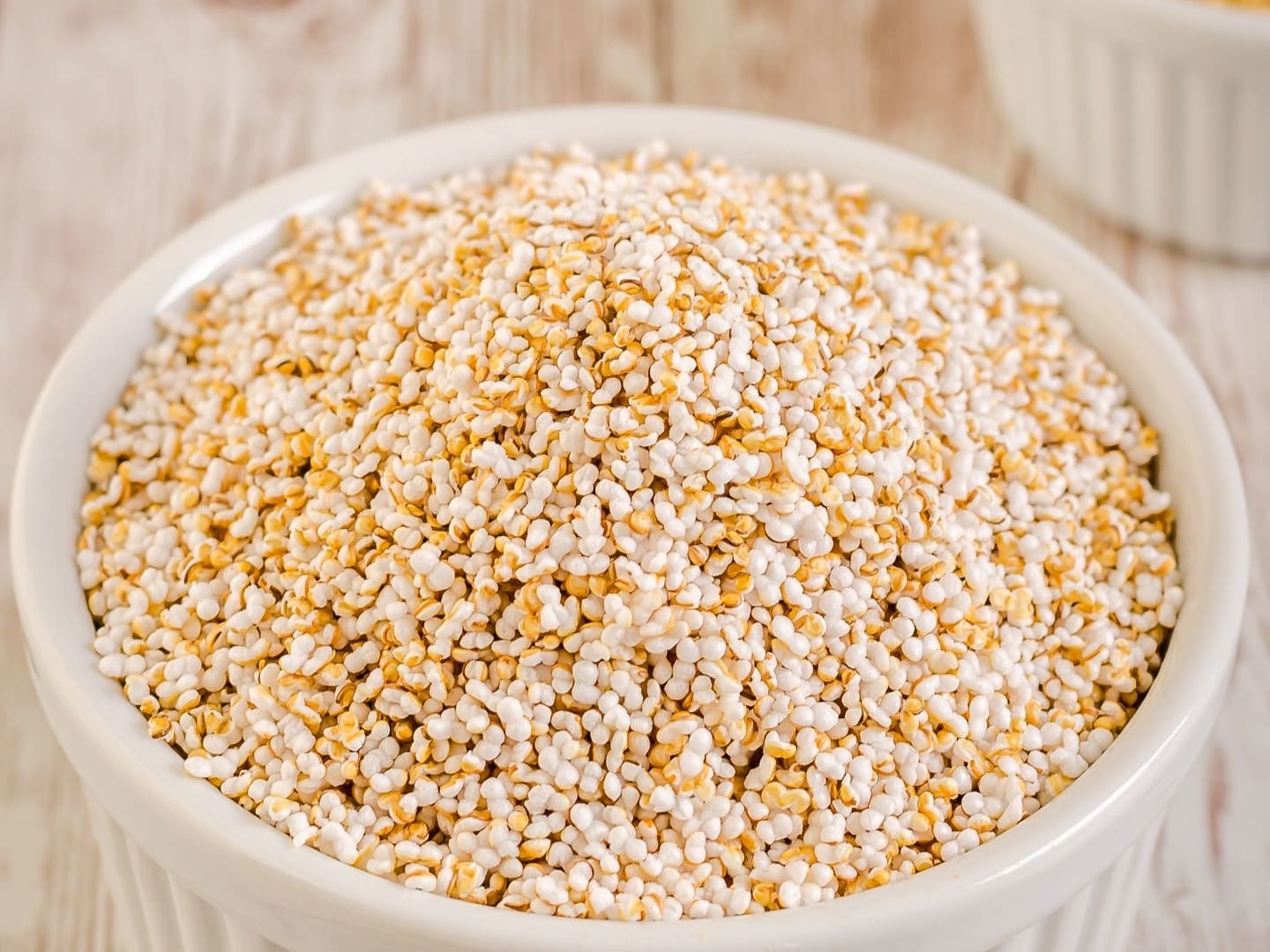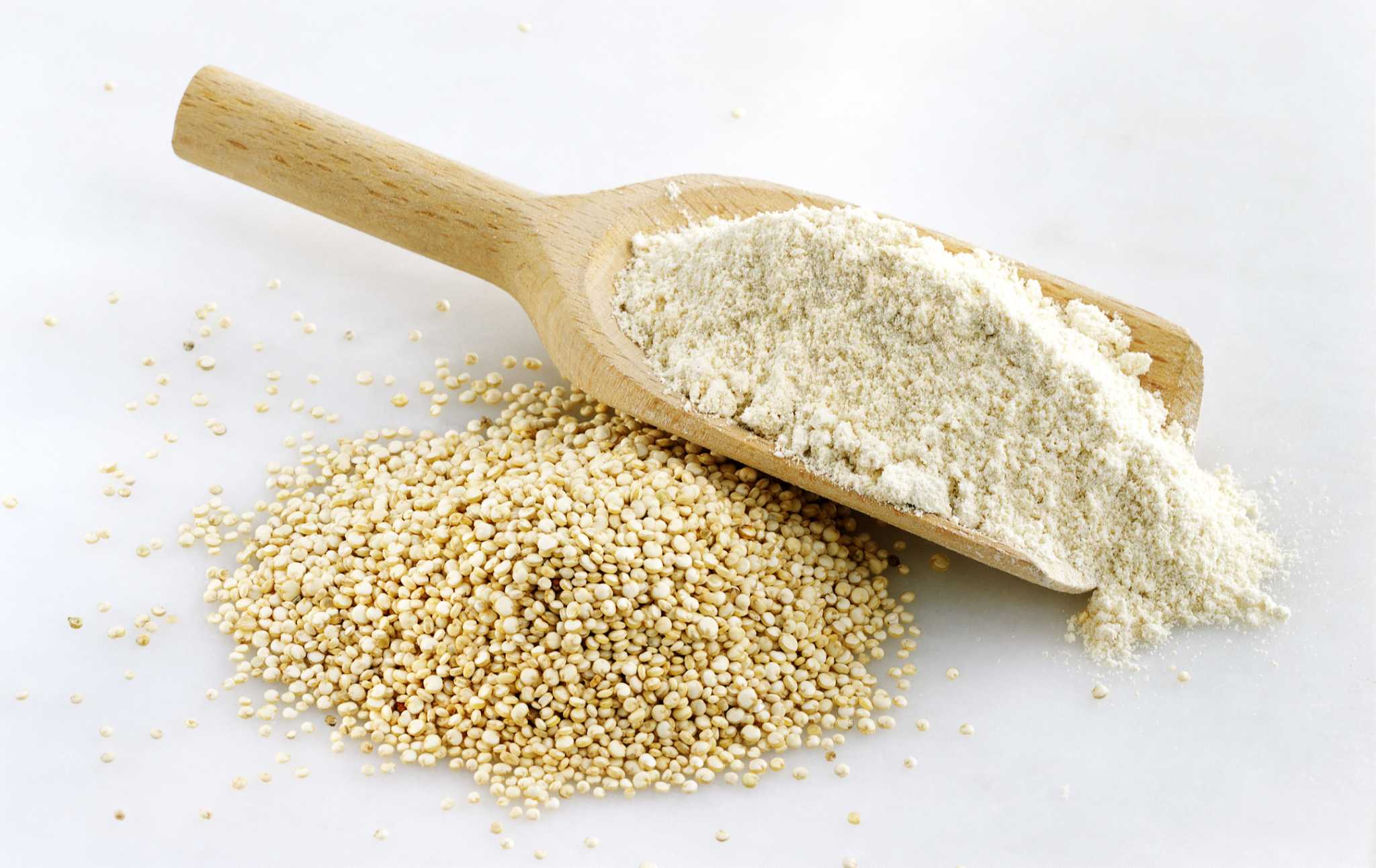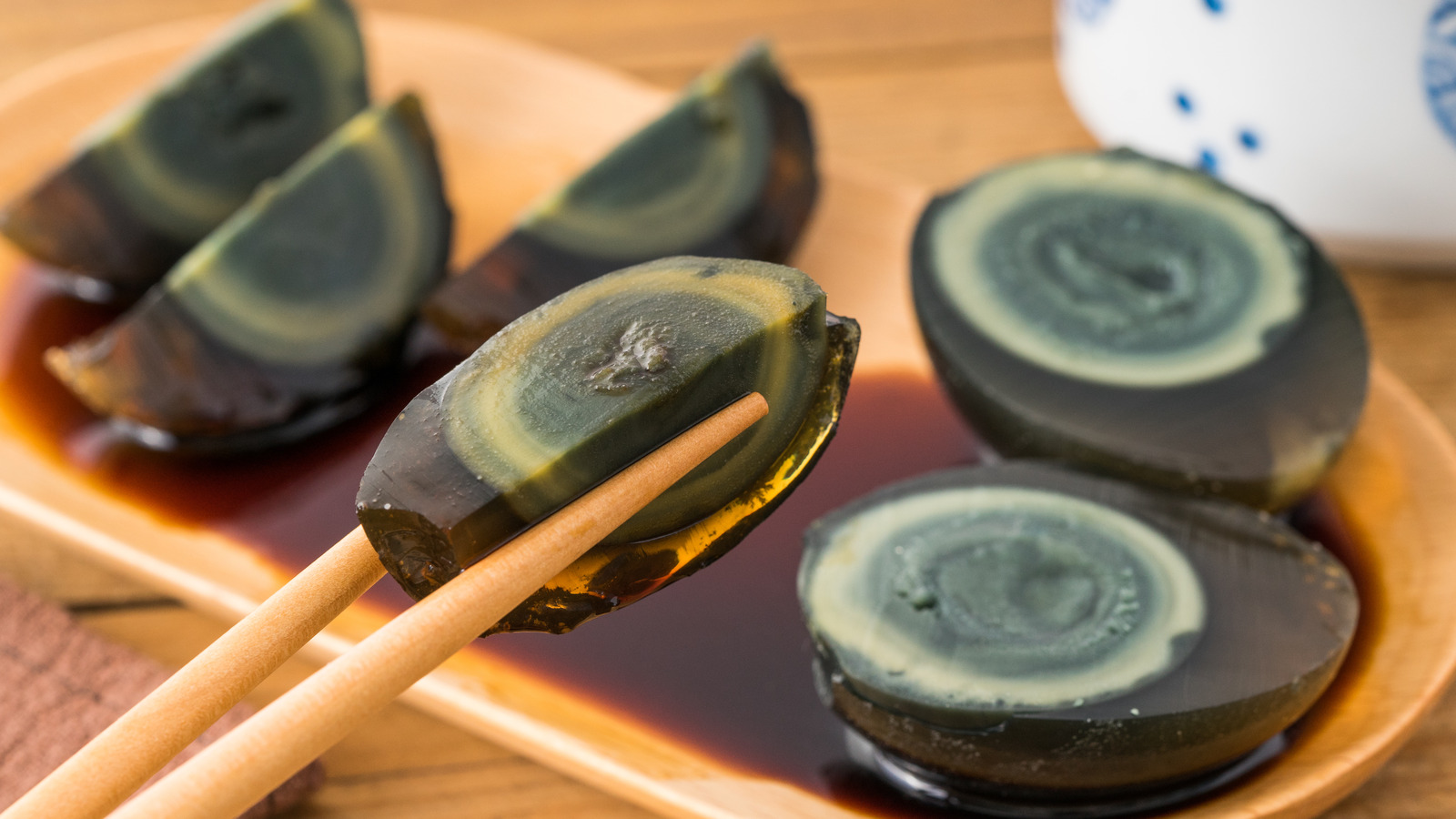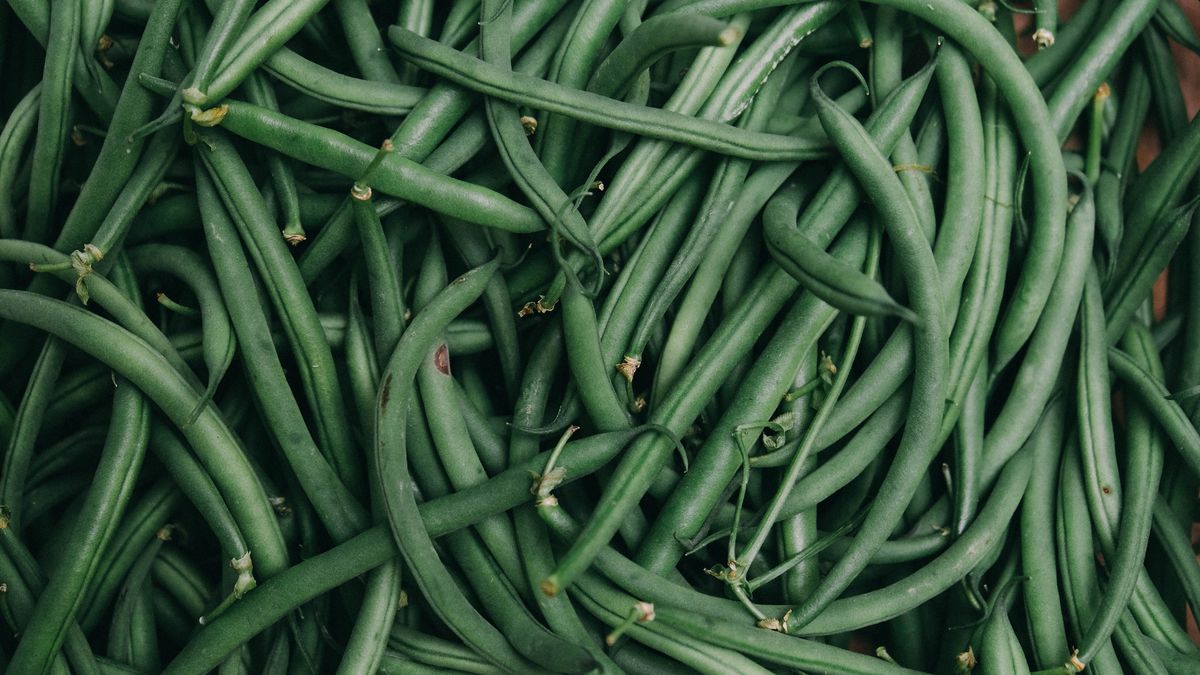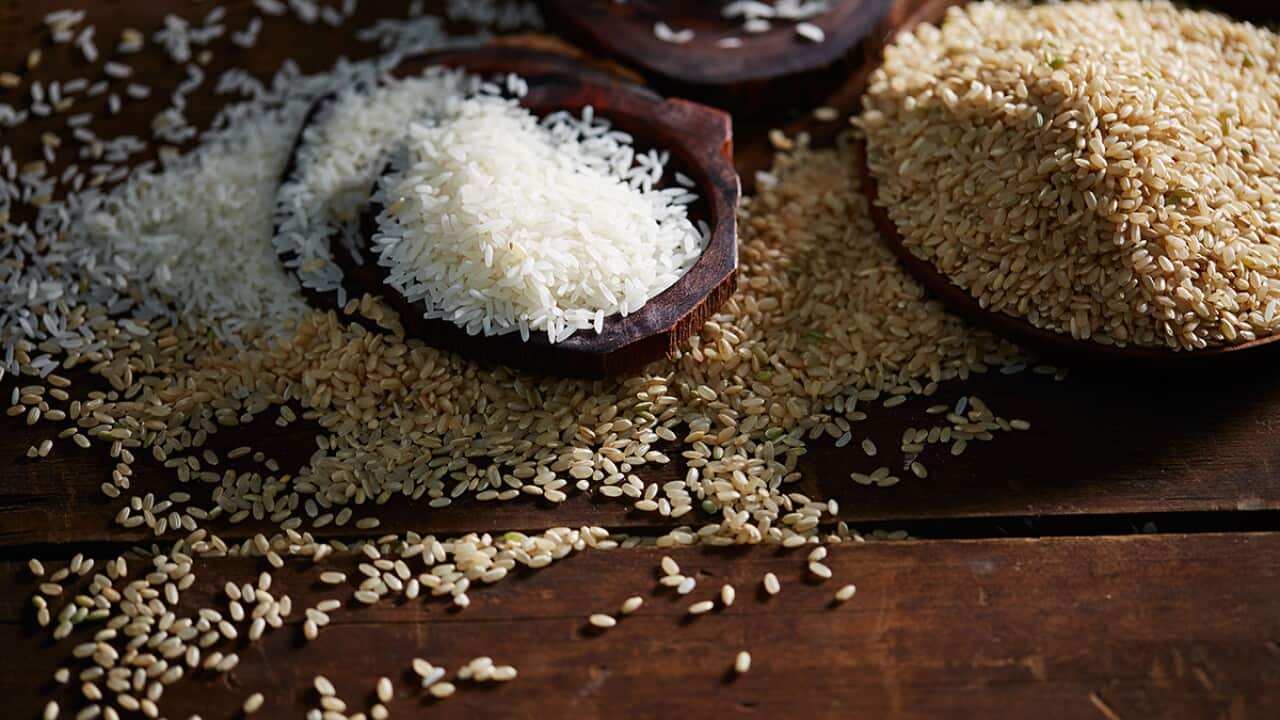What is Red Amaranth?
Red amaranth, also known as Chinese spinach or bayam merah, is a leafy vegetable that is popular in many Asian cuisines. It has vibrant red or purple leaves and a slightly sweet, earthy flavor. Red amaranth is not only delicious but also packed with nutrients, making it a great addition to your diet.
Ways to Enjoy Red Amaranth
There are several delicious ways to incorporate red amaranth into your meals. Here are some ideas to get you started:
- Salads: Red amaranth leaves can be used as a colorful and nutritious addition to salads. Simply wash the leaves, chop them, and toss them with your favorite salad ingredients.
- Stir-Fries: Red amaranth is perfect for stir-frying. Heat some oil in a pan, add garlic and ginger, then toss in the red amaranth leaves. Cook for a few minutes until the leaves are wilted but still vibrant in color.
- Soups: Add red amaranth to soups and stews for a nutritious boost. It pairs well with both vegetable and meat-based broths.
- Smoothies: Believe it or not, red amaranth can be added to smoothies for an extra dose of vitamins and minerals. Blend it with fruits and other leafy greens for a healthy and refreshing drink.
Nutritional Benefits of Red Amaranth
Red amaranth is not only delicious but also incredibly nutritious. It is rich in vitamins, minerals, and antioxidants that are beneficial for your health. Some of the key nutrients found in red amaranth include:
- Vitamin C: Red amaranth is a great source of vitamin C, which is important for immune function and skin health.
- Iron: This leafy vegetable is packed with iron, an essential mineral that helps transport oxygen throughout the body.
- Calcium: Red amaranth contains calcium, which is important for bone health and muscle function.
- Antioxidants: The vibrant red color of the leaves indicates the presence of powerful antioxidants, which help protect the body from oxidative stress.
Where to Buy Red Amaranth
You can find red amaranth at many Asian grocery stores and specialty markets. Look for bunches of vibrant red or purple leaves with fresh, crisp stems. If you have trouble finding it fresh, you may also be able to find frozen red amaranth in the freezer section of Asian grocery stores.
Conclusion
Red amaranth is a versatile and nutritious leafy vegetable that can be enjoyed in a variety of ways. Whether you add it to salads, stir-fries, soups, or smoothies, you’ll be reaping the nutritional benefits of this vibrant and flavorful ingredient. Next time you’re at the market, pick up some red amaranth and get creative in the kitchen!
